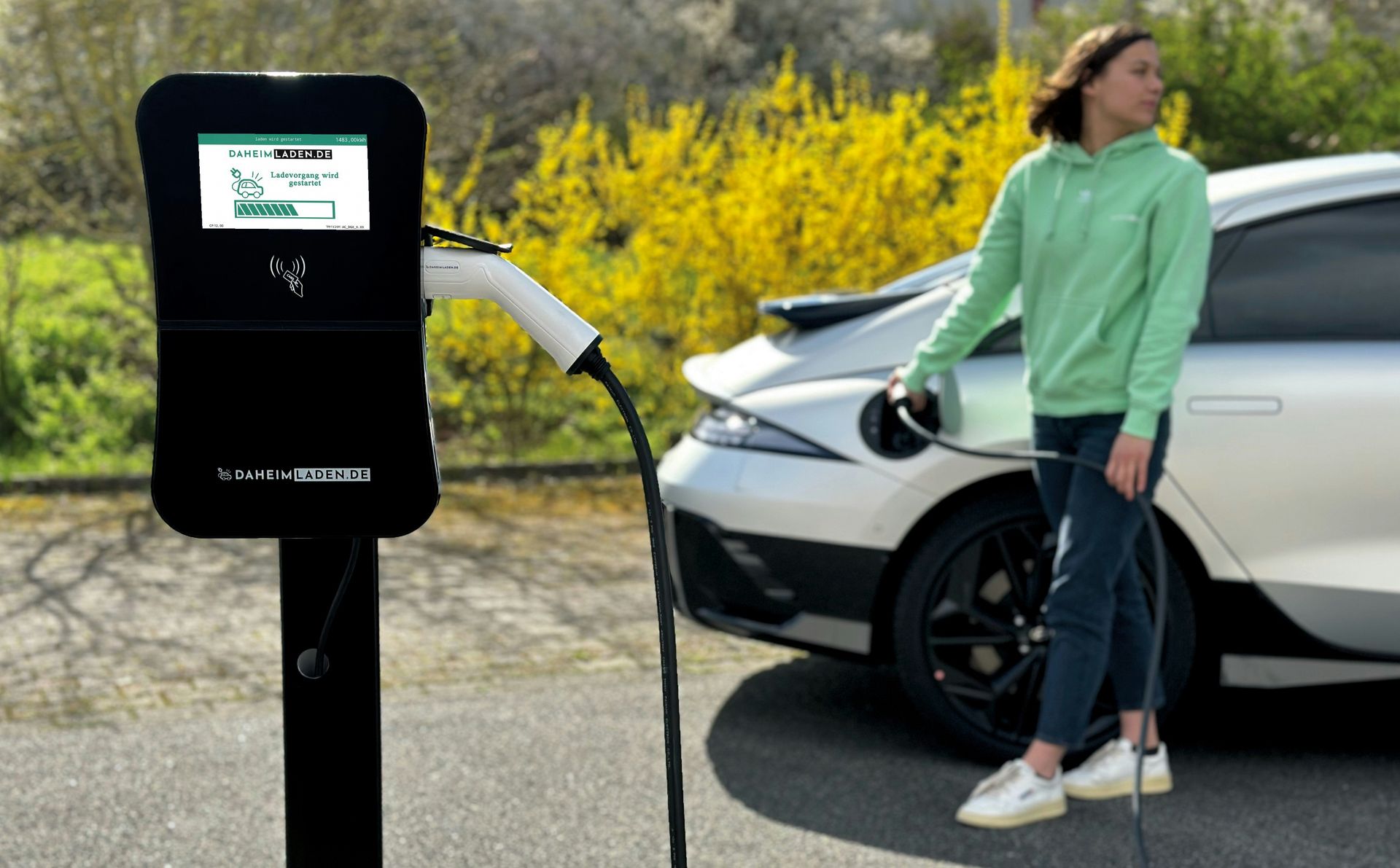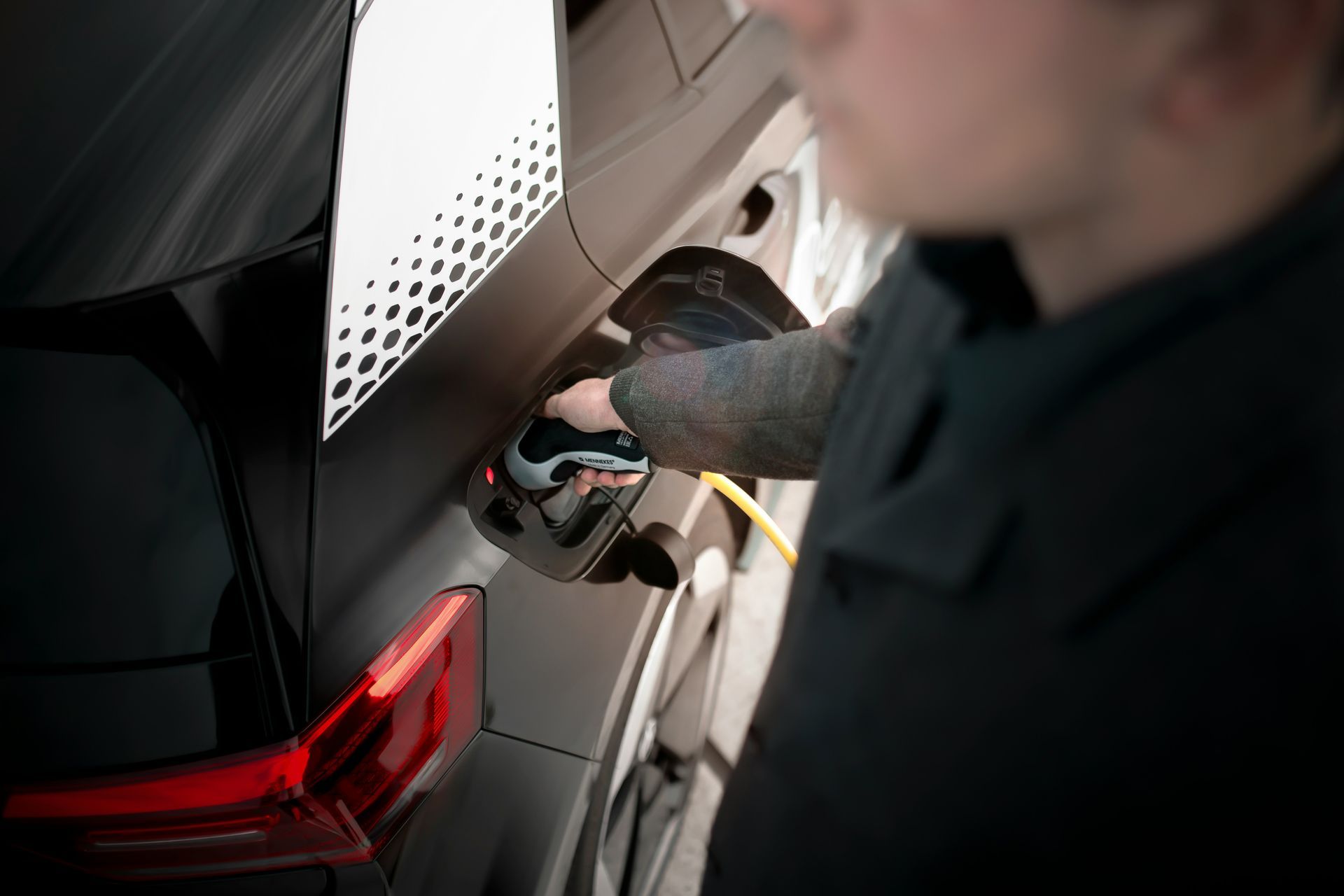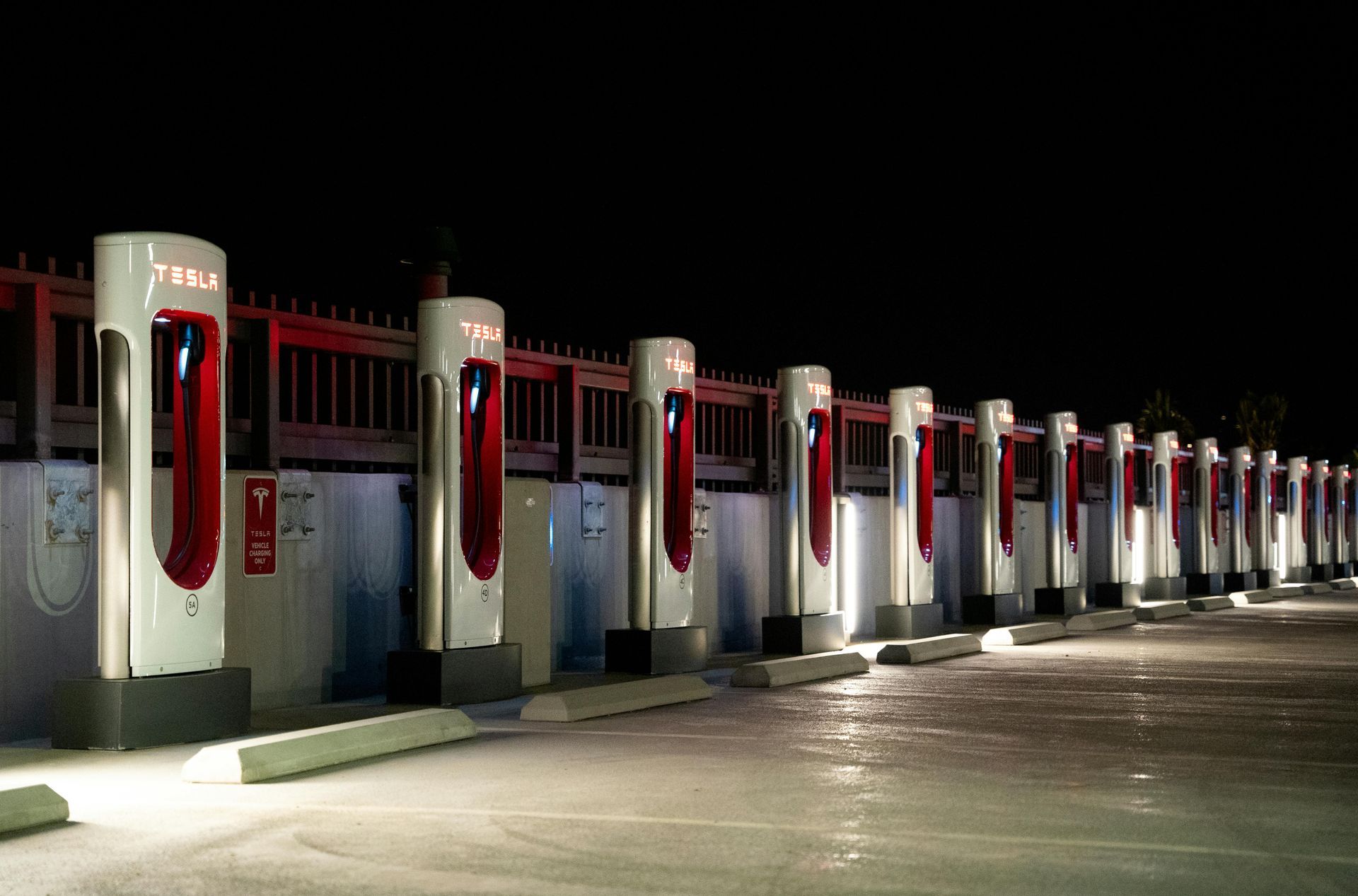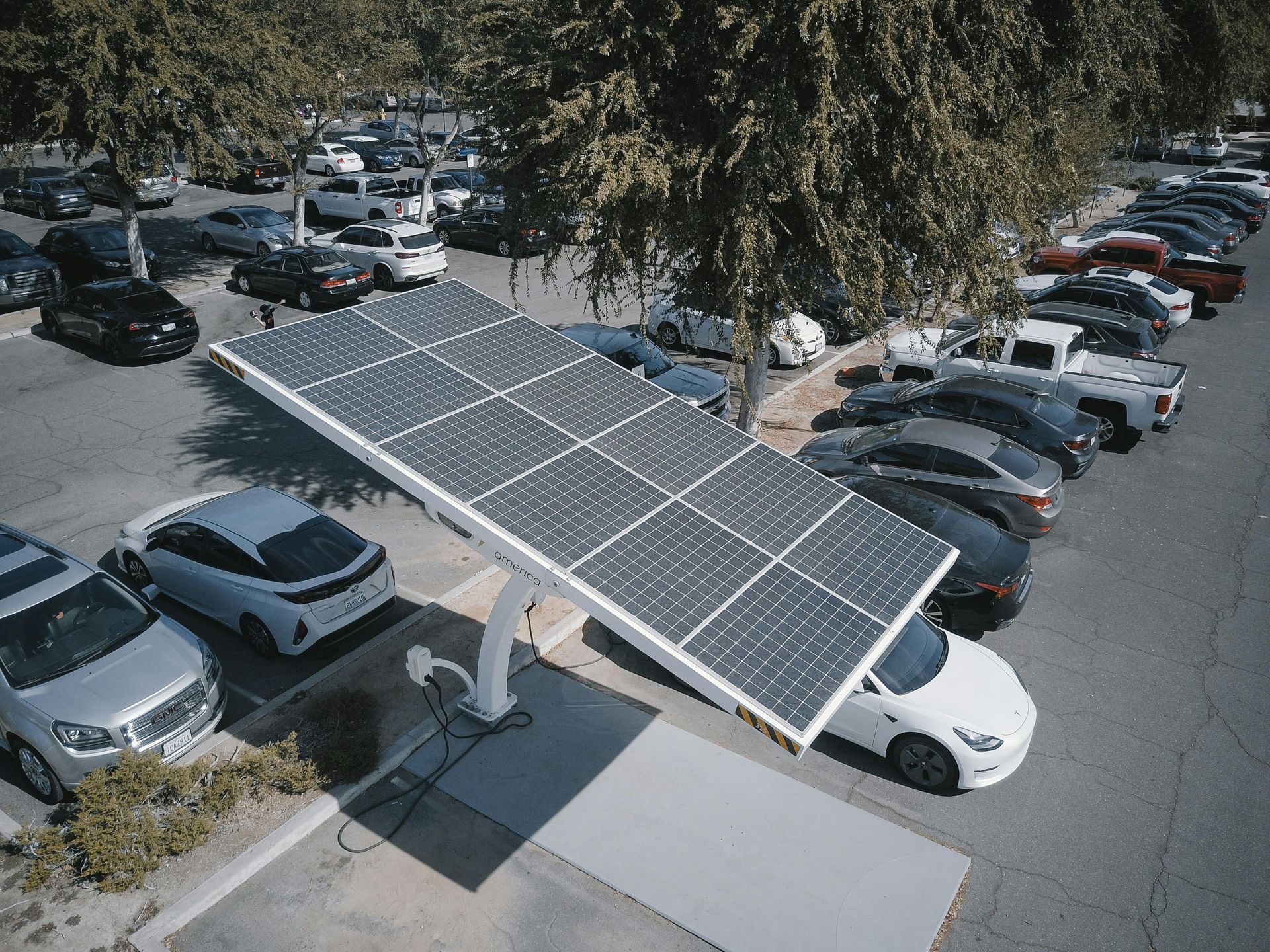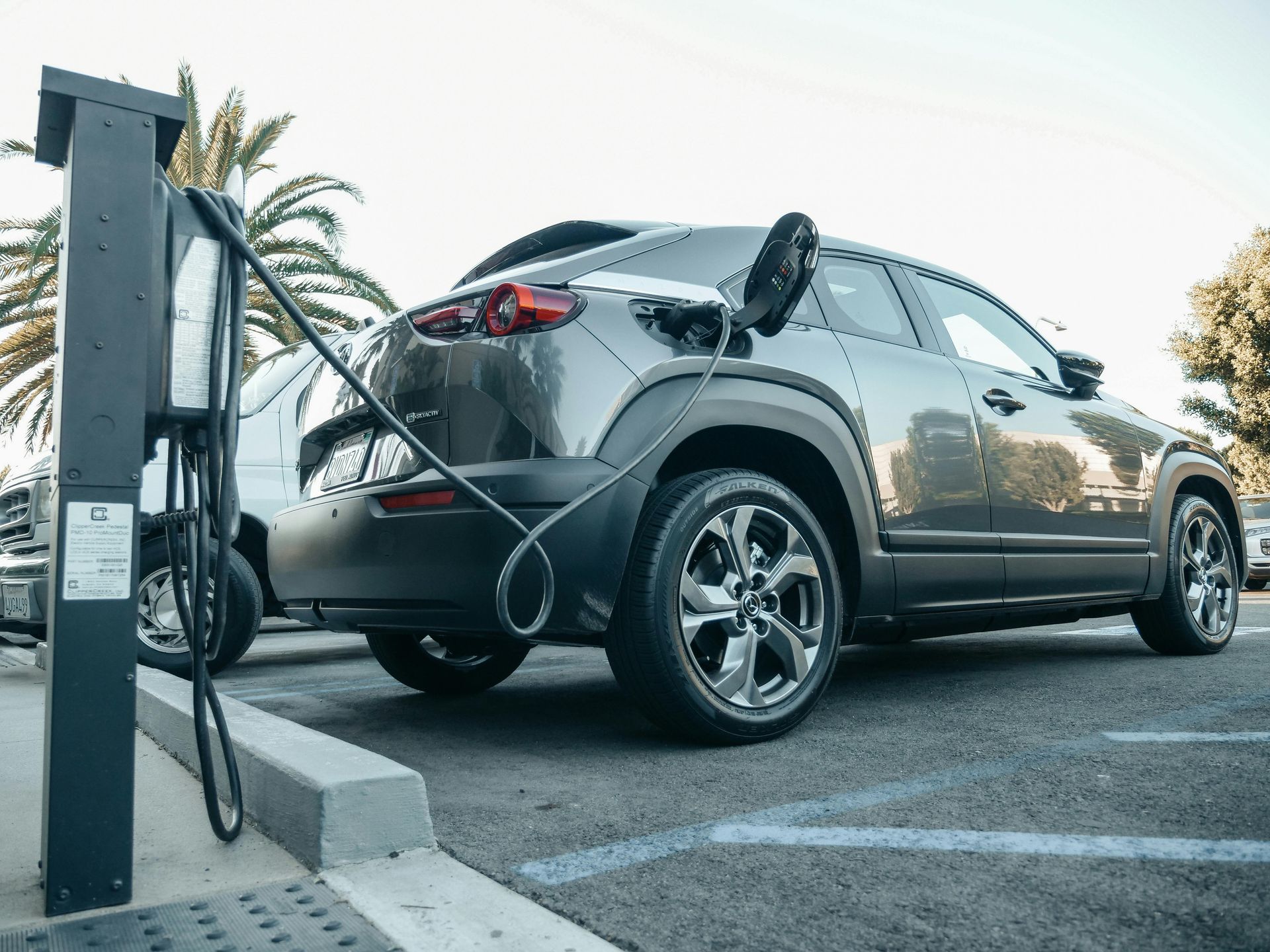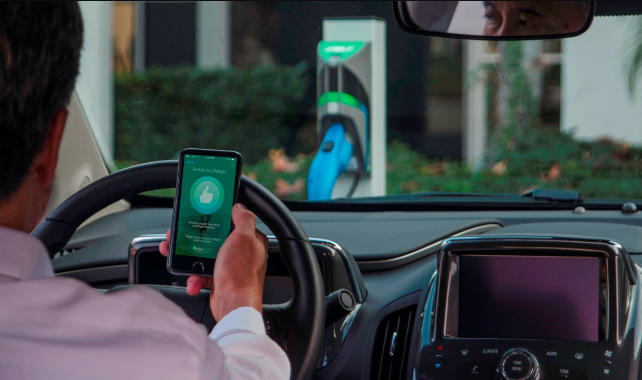Exploring Government Incentives for EV Buyers and Charger Installations: Your Complete Guide
List of current incentives available to Canadian consumers, with particular focus on programs relevant to Ontario residents.
Introduction
The transition to electric vehicles represents one of the most significant shifts in personal transportation since the invention of the automobile itself. Recognizing the environmental and economic benefits of this transition, governments at all levels have implemented incentive programs designed to accelerate EV adoption by making these vehicles more affordable and accessible.
For prospective EV buyers across the Greater Toronto Area and throughout Ontario, these incentives can significantly reduce the upfront costs associated with purchasing an electric vehicle and installing home charging equipment. Understanding the full landscape of available programs can potentially save thousands of dollars while supporting the shift to cleaner transportation.
This comprehensive guide explores the current incentives available to Canadian consumers, with particular focus on programs relevant to Ontario residents. From federal rebates to municipal programs and specialized incentives for charging infrastructure, we'll cover everything you need to know to maximize the financial benefits of going electric.
1. Federal Incentives for Electric Vehicles
The Government of Canada has established national programs to encourage EV adoption across the country, offering substantial financial incentives for qualifying vehicles.
Zero-Emission Vehicle Program (iZEV)
The centerpiece of federal EV incentives is the Incentives for Zero-Emission Vehicles (iZEV) program:
Rebate Amounts:
- $5,000 for battery electric vehicles (BEVs) with a base model MSRP under $55,000
- $2,500 for plug-in hybrid electric vehicles (PHEVs) with electric range of 50km or more and base MSRP under $55,000
- Higher-priced trim levels can qualify if the base model is under the threshold, but the maximum MSRP for higher trims is capped at $65,000
Eligible Vehicle Types:
- Battery electric vehicles
- Longer-range plug-in hybrid electric vehicles
- Hydrogen fuel cell vehicles
Program Mechanics:
- The incentive is applied at the point of sale, reducing the purchase price immediately
- Dealers handle the paperwork, making the process seamless for buyers
- Available for both purchases and leases (with proportional amounts based on lease term)
This program has been extended and funded through at least March 2025, providing certainty for those planning an EV purchase in the near future.
Federal Tax Measures
Beyond direct rebates, several tax incentives support business adoption of electric vehicles:
Zero-Emission Vehicles Business Tax Write-Offs:
- 100% write-off for zero-emission vehicles in the first year
- Applicable to vehicles acquired before January 1, 2026
- Maximum amounts: $55,000 plus sales tax for passenger vehicles
Capital Cost Allowance:
- Businesses can deduct capital costs of eligible zero-emission vehicles
- Class 54 (100% rate) for battery, plug-in hybrid, and hydrogen fuel cell vehicles
- Enhanced first-year deductions can significantly improve cash flow for businesses adding EVs to their fleets
These business-focused incentives are particularly valuable for companies throughout the GTA looking to electrify their fleets while managing capital costs effectively.
Additional Federal Support Programs
Several complementary federal programs support the broader EV ecosystem:
Zero Emission Vehicle Infrastructure Program (ZEVIP):
- Funding for public, workplace, and multi-unit residential building charging infrastructure
- Covers up to 50% of project costs to a maximum of $5,000 per connector
- Focused on addressing charging infrastructure gaps in high-impact locations
Green and Inclusive Community Buildings Program:
- Supports installation of EV charging at community buildings
- Part of broader green building initiatives
- Particularly relevant for municipalities and non-profit organizations
These infrastructure-focused programs complement vehicle incentives by ensuring adequate charging availability for the growing EV fleet across Canada.
2. Provincial and Local Programs in Ontario
While Ontario's provincial EV rebate program was discontinued in 2018, several targeted initiatives and municipal programs remain available to residents throughout the province.
Current Ontario Provincial Programs
Though direct vehicle rebates are no longer offered at the provincial level, Ontario does maintain some EV-supportive policies:
Green License Plates:
- Provide free access to HOV lanes regardless of vehicle occupancy
- Available to all qualifying battery electric and plug-in hybrid vehicles
- Can significantly reduce commuting times in congested GTA corridors
Electrical Vehicle Discovery Centre:
- Province-supported education center in North York
- Test drives of various EV models
- Information about charging options and incentives
Electricity Rate Options:
- Most utilities in Ontario offer time-of-use pricing that benefits EV owners who charge overnight
- Some utilities offer specific EV charging rates or programs
- Smart metering enables cost-effective home charging strategies
While these provincial supports are more limited than in some other provinces, they still provide meaningful benefits to Ontario EV drivers.
Municipal Programs in the Greater Toronto Area
Several municipalities within the GTA have implemented their own incentives to support EV adoption:
Toronto:
- Electric Vehicle Strategy includes expanding public charging network
- Toronto Atmospheric Fund supports some multi-unit residential building charging projects
- Parking permit fee reductions for eligible electric vehicles in some permit parking areas
Mississauga:
- Free parking at some municipal lots for vehicles with green license plates
- Expanding municipal charging network with preferential parking spaces
- Development incentives for builders including EV charging infrastructure
Markham:
- Growing network of municipally-operated public charging stations
- Some free charging sessions at city-owned facilities
- Green building standards that encourage EV readiness in new developments
Other GTA Municipalities:
- Various permitting streamlining initiatives for home charger installations
- Public charging infrastructure investments
- Fleet electrification programs that demonstrate EV viability
These municipal programs, while often smaller in scale than federal incentives, can provide additional value for local residents transitioning to electric vehicles.
Utility-Based Incentives
Local electric utilities across Ontario offer various programs that benefit EV owners:
Toronto Hydro:
- Time-of-use rates that make overnight charging economical
- Commercial charging infrastructure support programs
- Energy management tools to optimize EV charging costs
Alectra Utilities (serving parts of York Region, Peel, and Hamilton):
- Previously offered CHARGE UP pilot program with incentives
- Energy efficiency programs that can complement EV charging
- Business charging infrastructure advisory services
Hydro One (serving many areas surrounding the GTA):
- Rural charging infrastructure initiatives
- Time-of-use rate optimization tools
- Some demonstration projects for advanced charging technologies
Working with local utilities can identify additional savings opportunities beyond government incentives, particularly for customers interested in whole-home energy management alongside EV charging.
3. Incentives for Charger Installations
Charging infrastructure incentives form a critical component of the overall EV support ecosystem, making home and workplace charging more affordable.
Home Charging Equipment Incentives
Several programs support the installation of residential charging equipment:
Federal NRCAN Residential EV Charger Incentive:
- Designed to cover a portion of home charging station costs
- Offers 50% of costs up to $350 toward home Level 2 charger purchase and installation
- Available to homeowners and businesses across Canada, including throughout Ontario
- Can be combined with any available local incentives
Canada Greener Homes Initiative:
- Includes EV chargers as eligible improvements
- Interest-free loans of up to $40,000 for various home energy improvements
- Can help finance the electrical upgrades sometimes needed for charging installation
- Home energy evaluations can identify efficiency opportunities alongside charging needs
Manufacturer and Utility Programs:
- Some vehicle manufacturers offer charger installation credits with vehicle purchase
- Occasional utility-sponsored programs for specific customer segments
- Energy management program incentives that can include smart charging equipment
These residential charging incentives typically reduce the net cost of a standard Level 2 home charging installation by 20-40%, making the transition to home charging more affordable.
Workplace and Commercial Charging Incentives
Businesses looking to install charging infrastructure can access several support programs:
Zero Emission Vehicle Infrastructure Program (ZEVIP):
- Provides up to 50% of costs to a maximum of $5,000 per connector
- Focuses on workplaces, multi-unit residential buildings, and public places
- Periodic application windows for different target segments
Natural Resources Canada Electric Vehicle and Alternative Fuel Infrastructure Deployment Initiative:
- Supports fast-charging infrastructure development
- Up to 50% of total project costs for qualifying projects
- Strategic corridor development focus along major highways
Tax Incentives:
- Capital cost allowance deductions for charging equipment
- Potential eligibility for sustainability-focused business tax credits
- Accelerated write-offs for clean energy equipment
For businesses throughout the GTA, these incentives can significantly improve the business case for providing workplace charging or customer-facing charging amenities.
Multi-Unit Residential Building Solutions
Special programs address the unique challenges of charging in condominiums and apartments:
NRCAN ZEVIP MURB Stream:
- Targeted funding for multi-unit residential buildings
- Up to 50% of costs to a maximum of $5,000 per connector
- Can cover the higher installation complexity typical in these buildings
Federation of Canadian Municipalities Green Municipal Fund:
- Supports municipalities and their partners in sustainable projects
- Can include EV infrastructure in multi-unit residential settings
- Combines funding with knowledge resources for implementation
Local Pilot Programs:
- Toronto Atmospheric Fund occasionally supports demonstration projects
- Some utilities offer specific programs for these challenging environments
- Municipal permitting assistance in some jurisdictions
These programs help address one of the most significant barriers to EV adoption—charging access for residents without dedicated parking or in shared parking facilities.
4. How to Apply for Incentives
Navigating the application process for various incentive programs requires understanding each program's specific requirements and procedures.
Federal iZEV Program Application Process
The point-of-sale rebate process for vehicle purchases follows a standardized approach:
Steps for Vehicle Buyers:
- Confirm vehicle eligibility using the official iZEV eligible vehicles list
- Purchase or lease the vehicle from an authorized dealer
- The dealer applies the incentive at the point of sale, reducing your purchase price immediately
- Complete any required attestations provided by the dealer
- Keep documentation for tax purposes
Important Considerations:
- Only purchases from authorized dealers qualify
- Pre-orders may have special considerations
- Vehicle must be registered in Canada and remain registered for at least 12 months
- Program details can change, so verify current requirements before purchase
The streamlined process minimizes paperwork for consumers, as dealers handle most administrative requirements.
Home Charger Incentive Applications
Accessing home charging incentives typically follows these steps:
NRCAN Home Charger Rebate Process:
- Purchase and install an eligible Level 2 charging station
- Gather required documentation:
- Original receipt for charging station purchase
- Installation invoice from a licensed electrical contractor
- Photos of the installed charging station
- Proof of residence
- Complete the online application through the NRCAN portal
- Submit supporting documentation as requested
- Receive rebate via direct deposit (typically within 6-8 weeks)
Tips for Successful Applications:
- Ensure your charging station appears on the list of eligible equipment
- Use licensed electrical contractors familiar with EV installation requirements
- Keep detailed records and copies of all documentation
- Take clear, well-lit photos showing both the installed station and its electrical connections
- Apply promptly after installation as some programs have time limitations
Working with experienced installation professionals like our team at MyEVExperts ensures that all technical requirements are met for incentive eligibility.
Commercial and Workplace Charging Programs
Business-focused incentives typically involve more detailed application processes:
ZEVIP Application Process for Businesses:
- Monitor for open application windows (typically announced on NRCAN website)
- Prepare project documentation including:
- Detailed site plans
- Electrical capacity assessments
- Project timelines and milestones
- Cost estimates from qualified contractors
- Evidence of secured co-funding if required
- Submit complete application package during application window
- Respond to any requests for additional information
- If approved, execute contribution agreement with NRCAN
- Complete project according to approved specifications
- Submit final reporting and receive disbursement
Best Practices for Business Applications:
- Begin preparation well before application windows open
- Conduct thorough site assessments to identify any technical challenges
- Obtain multiple quotes from experienced contractors
- Consider engaging consulting support for complex applications
- Develop a clear implementation plan with realistic timelines
Our commercial services team provides support throughout this process for businesses throughout the GTA interested in installing workplace or customer charging infrastructure.
Tracking Program Changes
Since incentive programs evolve over time, staying current with program details is essential:
Information Sources:
- Transport Canada website for iZEV updates
- NRCAN website for infrastructure program announcements
- Municipal websites and newsletters for local incentives
- Electric vehicle advocacy organizations for program alerts
- Our monthly newsletter covering incentive changes relevant to GTA residents
Program Timing Considerations:
- Some programs have defined expiration dates
- Others operate until funding is exhausted
- Application windows for certain programs may open only periodically
- Advance preparation allows for quick action when opportunities arise
We recommend subscribing to relevant government and industry newsletters to receive timely updates as program details change or new opportunities emerge.
5. Impact of Incentives on EV Adoption
Research consistently demonstrates that financial incentives significantly influence electric vehicle adoption rates, though the impact varies based on program design and market conditions.
Measuring Incentive Effectiveness
Evidence from various jurisdictions shows clear patterns in how incentives affect EV uptake:
Canadian Market Impact:
- Provinces with robust incentive programs typically show 2-4 times higher EV adoption rates
- Federal iZEV program introduction led to measurable increase in qualifying vehicle sales
- Discontinuation of Ontario's provincial rebate in 2018 resulted in temporary market contraction
International Comparisons:
- Norway's comprehensive incentive system helped achieve over 80% EV market share
- U.S. states with incentives show significantly higher adoption than those without
- Purchase incentives typically show the strongest short-term impact on adoption
GTA-Specific Trends:
- Despite provincial incentive removal, the region continues to show strong EV growth
- Federal incentives have partially offset the loss of provincial programs
- Municipal infrastructure investments support continued adoption momentum
These patterns demonstrate the critical role incentives play in accelerating market transformation, particularly in the early and middle stages of technology adoption.
Beyond Financial Considerations
While financial incentives are important, their impact is magnified when combined with other supportive policies:
Infrastructure Development:
- Charging network growth reduces range anxiety
- Workplace charging availability doubles the likelihood of EV adoption
- Public fast-charging corridors enable broader use cases
Educational Initiatives:
- Awareness programs help consumers understand total cost of ownership benefits
- Test drive opportunities address experience gaps
- Targeted information dispels common misconceptions
Regulatory Frameworks:
- Building code requirements for "EV readiness" reduce future installation costs
- HOV lane access and parking privileges provide ongoing usage benefits
- Fleet electrification mandates create market scale and stability
The most successful regions blend financial incentives with these complementary approaches to create a supportive ecosystem for EV adoption.
Future Outlook for Incentive Programs
As the EV market matures, incentive programs will likely evolve in several ways:
Targeting Specific Segments:
- Greater focus on multi-unit residential solutions
- Expanded support for medium- and heavy-duty vehicle electrification
- Programs addressing used EV market affordability
Transition to Structural Incentives:
- Shift from point-of-sale rebates toward ongoing benefits
- Integration with broader carbon reduction policies
- Focus on total cost of ownership advantages
Infrastructure Emphasis:
- Increased investment in charging solutions for underserved areas
- Support for advanced technologies like bidirectional charging
- Grid integration and managed charging program development
For prospective EV buyers, this evolution suggests that while incentive forms may change, government support for transportation electrification will continue through various mechanisms.
Conclusion
Government incentives play a crucial role in accelerating the transition to electric vehicles by addressing upfront cost barriers and supporting necessary charging infrastructure. For residents across the Greater Toronto Area, these programs can reduce the financial hurdle of going electric while contributing to cleaner air and reduced emissions in our communities.
While the landscape of available incentives has changed over time, particularly at the provincial level in Ontario, the combination of federal, municipal, and utility programs still offers significant value for EV buyers. Understanding and leveraging these programs requires staying informed about current offerings and application requirements.
As we look toward a future with increasing EV adoption, incentive programs will continue to evolve, likely focusing more on infrastructure development and addressing specific market segments where barriers remain highest. The fundamental goal remains consistent: accelerating the transition to sustainable transportation by making electric vehicles more accessible to a broader range of consumers.
For those considering an electric vehicle purchase, now is an excellent time to explore available incentives. The current federal programs provide substantial savings, and the growing charging network across the GTA makes EV ownership increasingly convenient for residents throughout the region.
Contact Us for More Information on Accessing These Benefits!
At MyEVExperts, we help customers throughout the Greater Toronto Area navigate the incentive landscape to maximize savings on electric vehicles and charging equipment. Our team stays current with program details and can provide personalized guidance based on your specific situation and needs.
Whether you're looking to install a home charging station that qualifies for rebates or seeking information about commercial charging incentives for your business, we're here to help.
Contact us today to learn more about available incentives and how we can assist you in accessing these valuable benefits!




